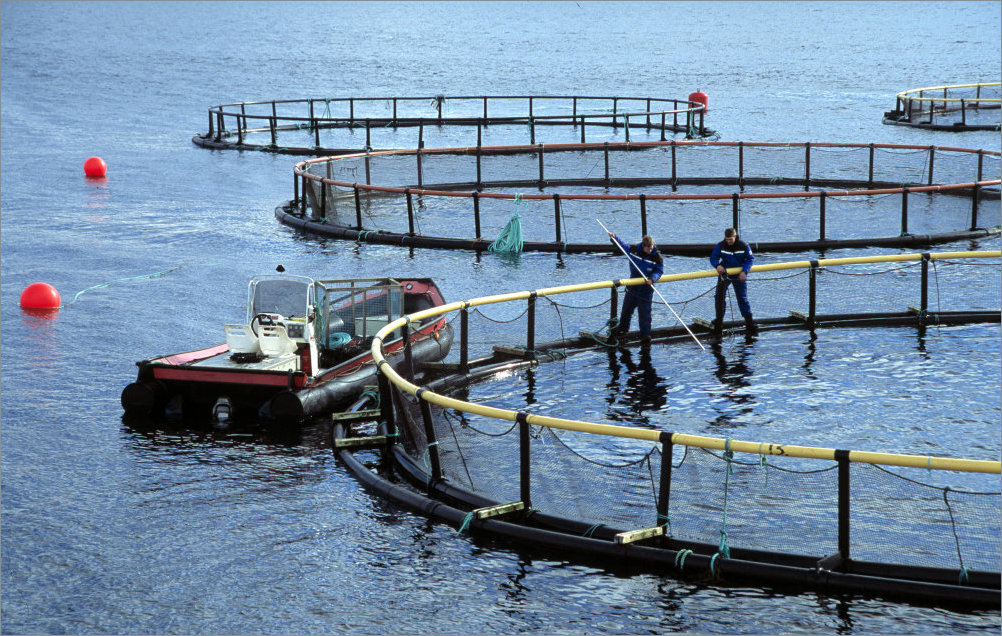Fish farming the largest Norwegian source of nutrients
Fish farming is the largest source of nutrient inputs to the North Sea, the Norwegian Sea and the Barents Sea. Discharges are highest in the Norwegian Sea: fish farms in this area account for almost half of Norway’s total phosphorus releases. The absolute rise in inputs has also been highest in the Norwegian Sea: phosphorus inputs have tripled since 1998.
The situation in the Skagerrak is different: here, agriculture and municipal waste water are the largest sources of nutrient inputs. The most densely populated areas of Norway drain into the Skagerrak, which explains the relatively high inputs from municipal waste water. Inputs of nutrients to the Skagerrak coast from Norwegian sources have been fairly stable ever since 1990.
Inputs of nutrients from soil and the atmosphere
Inputs of nutrients via precipitation and natural processes in soils and bedrock are known as background inputs, and make an important contribution to total nutrient loads.
Inputs via the atmosphere were previously included in background inputs, but it is now recognised that a substantial proportion of the nutrients deposited, especially nitrogen, originates from human activities and long-range transport of pollutants.
Inputs of nutrients with ocean currents
Transport of nutrients with ocean currents is a natural process, but excess concentrations of nutrients in the water can result in eutrophication. Monitoring shows that Norwegian coastal waters, especially along the Skagerrak coast, are influenced by nutrients transported from other European countries.
